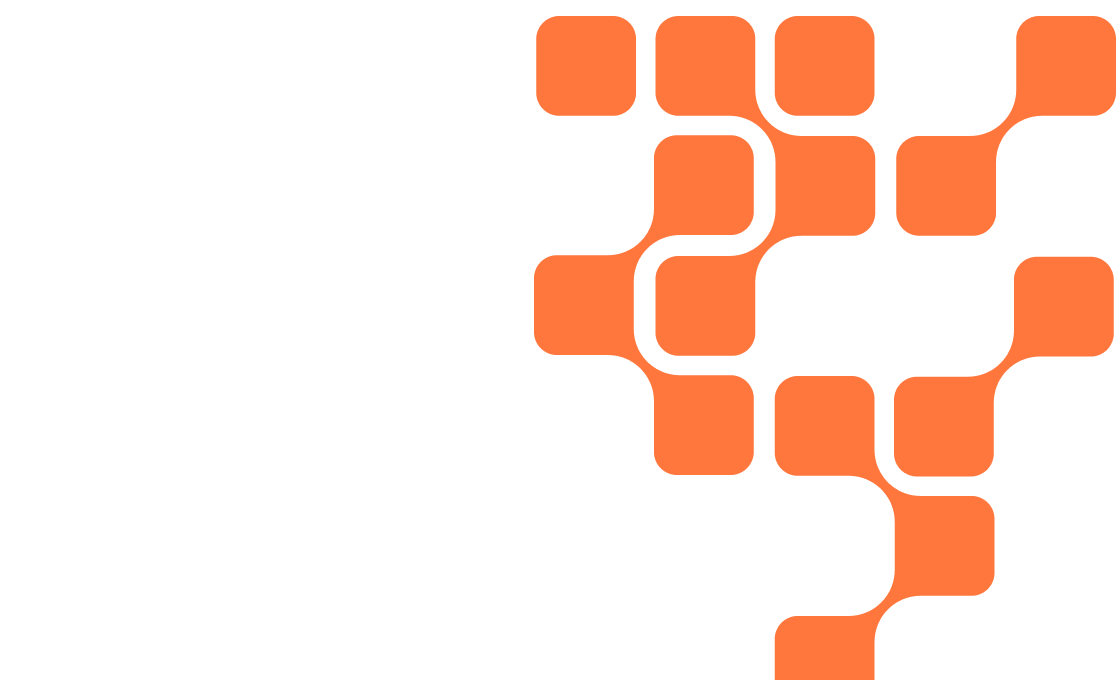About This Training
The Open Data Lakehouse is a modern data architecture that enables versatile analytics on streaming and stored data within cloud-native object stores. This architecture can span hybrid and multi-cloud environments.
This course introduces Apache Ozone, a hybrid storage service addressing the limitations of HDFS. You'll also explore Apache Iceberg, an open-table format optimized for petabyte-scale datasets. The course covers Iceberg's benefits, architecture, read/write operations, streaming, and advanced features like time travel, partition evolution, and Data-as-Code. Over 25 hands-on labs and a capstone project will equip you with the skills to build an efficient, performant Open Data Lakehouse within your own environment.
Who Should Take This Course?
This course is designed for data professionals within organizations using Cloudera Data Warehouse or Cloudera Data Engineering solutions. If you're building an Open Data Lakehouse powered by Apache Iceberg, this course will provide the knowledge and skills you need. Ideal roles include Data Engineers, Hive/Impala SQL Developers, Kafka Streaming Engineers, Data Scientists, and Cloudera Admins. A basic understanding of HDFS and experience with Hive and Spark are prerequisites.
Book the course
Skills You Will Gain
Open Data Lakehouse Fundamentals
Understand core Open Data Lakehouse concepts and benefits.
Introduction to Apache Ozone and its integration within the CDP Ecosystem.
Apache Ozone Mastery
Configure Ozone, use CLI commands, and transfer data between HDFS and Ozone.
Integrate Ozone into applications.
Apache Iceberg Expertise
Explore Iceberg's integration with CDP, architecture, and data lakehouse design principles.
Master data management, governance, and optimization best practices.
Understand snapshots and time travel queries.
Design tables strategically (external/managed, copy-on- write, merge-on-read).
Employ advanced features: change data capture (CDC), schema/partition evolution, hidden partitions.
Data-as-Code and Compliance
Implement zero-copy cloning, table branching, and tagging for QA, ML models, and auditing.
Optimize ETL/ELT data loading and achieve GDPR compliance with Iceberg's write-audit-publish (WAP).
Hive to Iceberg Migration
Understand catalog differences and migration strategies.
Manage late-arriving data effectively.
Iceberg Administration
Perform table maintenance tasks.
Configure and manage access control settings.
Capstone Project
Apply all concepts by implementing an Open Data Lakehouse use case in CDP.
Develop a comprehensive Open Data Lakehouse implementation runbook.
Are you ready to transform your data lakehouse and take your organization's data strategy to the next level? Join our immersive four-day course and master the Open Data Lakehouse architecture, focusing on the powerful combination of Apache Iceberg and Apache Ozone.
Skills You Will Gain
Day 1
Iceberg Introduction
Data Lake Concepts
Open Lakehouse
Hive Architecture and Tables
Introduction and working with Ozone
Transfer data between HDFS & Ozone
Ozone Application Integration
Iceberg Architecture
Iceberg Spark, SQL Setup
Iceberg Catalog Review
Iceberg Tables: Managed & External
Table Design and Practice
Iceberg Table Tune for Read vs Write
Day 2
Schema Evaluation, Understand various data types issues between Hive and Iceberg during migration
Hidden Partition: How partition works in the Iceberg table. Compare Hive and Iceberg Partition
Time Travel. Various ways of Time Travel and How it helps for testing.
Data-As-Code including WAP - For ETL, branching & Tags - For Zero Copy Clone for Testing QA and ML
Iceberg Metadata for Maintenance.
Day 3
Change Data Capture CDC
Rollback Data
Migration – Practice various Hive to Iceberg migration
Shallow Migration
In-Place Migration
Hybrid Migration
Snapshot migration for testing
Late Late-arriving data migration
RunBook build
Table Maintenance
Streaming
Day 4
The capstone project aims to create a Type 2 table data flow, which is a system for managing historical changes to data in a database table. In a Type 2 table, each record maintains historical information, allowing users to track changes over time. This is crucial for data warehousing and analytics, where historical data is often required for analysis and reporting purposes.

